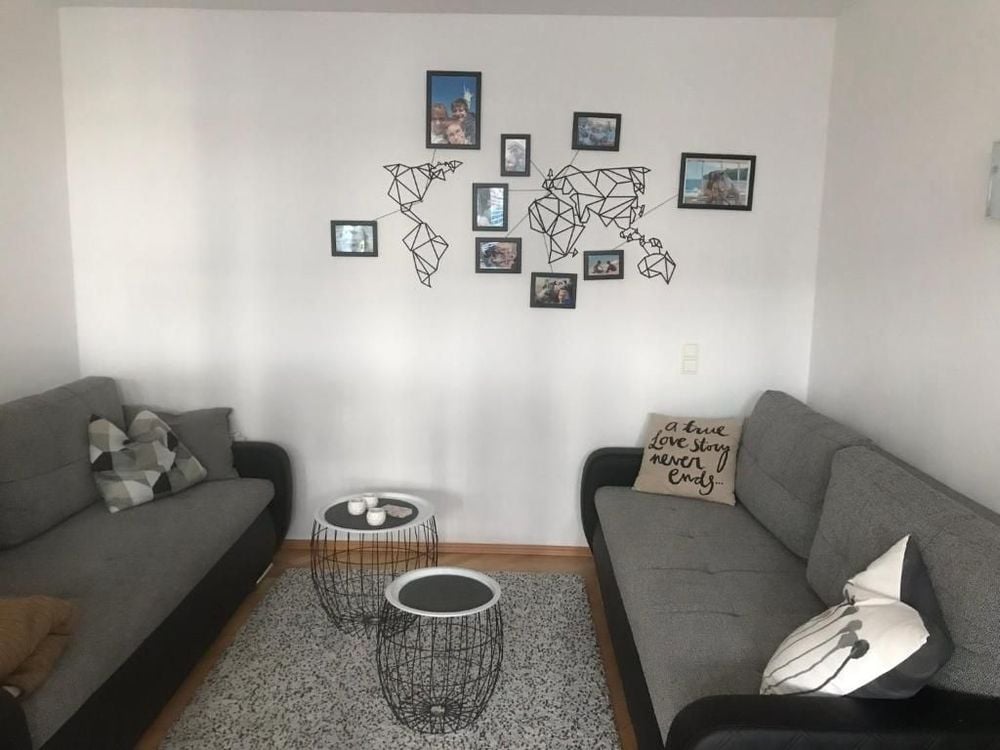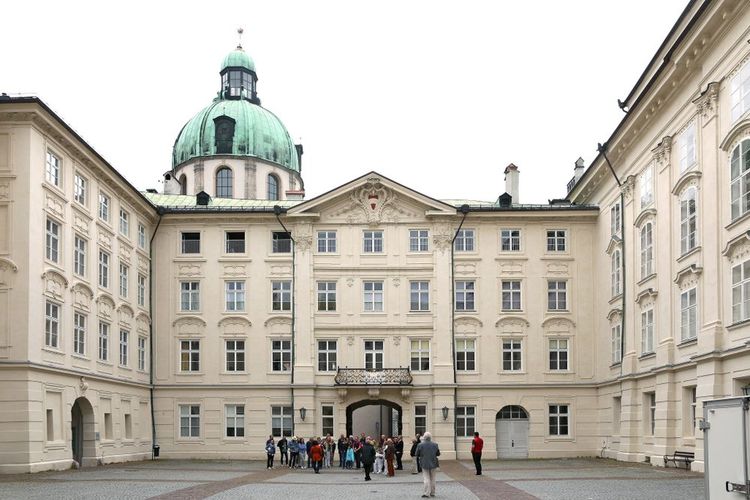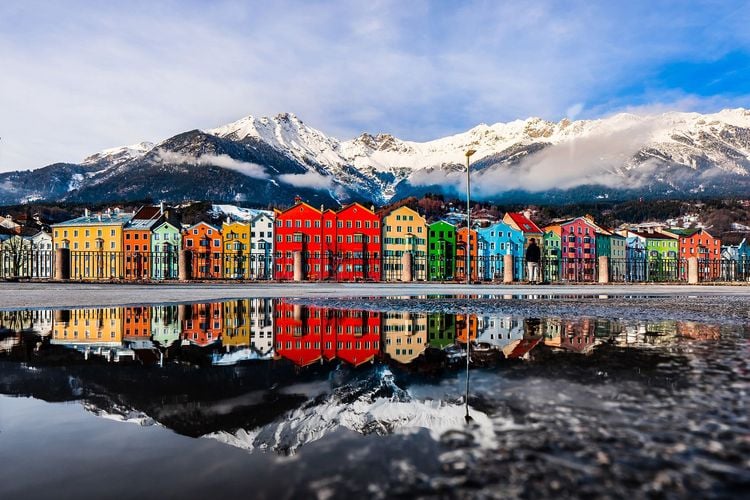👉 Combined ticket Sissi Museum + Imperial Apartments
👛 Price :
- adult: 17.50 euros
- children (aged 6 to 18): 11 euros
- free for children under 6
- Vienna City Card holder: 16.50 euros
🕑 Length of visit: approximately 75 minutes
Audioguide in French available to visitors free of charge.
⏰ Opening times of the Sissi Museum and Imperial Apartments :
Every day, including public holidays from 9am to 5.30pm.
Please note: last admission is at 4pm
Visits to the Sisi Museum end at 5 p.m.
Book your ticket on the official website
👉 Combined ticket Schönbrunn Palace + Sissi Museum + Imperial Apartments + Imperial Collection of Antique Furniture (Vienna Furniture Museum)
👛 Price :
- adult: 44 euros
- children (aged 6 to 18): €30
- free for children under 6
- Vienna City Card holders: €40.50
👍 Advantage: The ticket is valid for 1 year from the date of purchase and you can take the tours on different dates.
Audioguide in French available to visitors free of charge.
⏰ Schönbrunn Palace opening times :
Every day, including public holidays, from 9 a.m. to 5 p.m.
Length of visit: approximately 1 hour
Please note: last admission at 4pm
⏰ Opening hours of the Vienna Furniture Museum:
Every day except Monday from 10am to 5pm
Length of visit: approx. 1 hour
Last admission at 4pm
Book your ticket on the official website
 Innsbruck
Innsbruck









